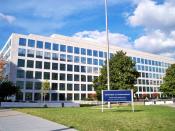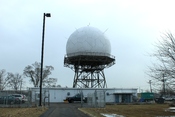RUNNING HEAD: APPLYING THE LEARNING CURVE THEORY � PAGE \* MERGEFORMAT �1� <APPLYING THE LEARNING CURVE THEORY � PAGE \* MERGEFORMAT �7�>
Applying the Learning Curve Theory
Week Two
Milton Ramos
University of Phoenix
OPS/GM 571
Instructor: Mark Fairbanks
February 28, 2011
Assignment Two
Learning Curve Theory
The fundamental concept of the learning curve is the improvement in performance of a process as a result of the repetitiveness of the task, performed by an individual or organization. According to Chase, Jacobs, and Aquilano, the learning curve theory is based on three fundamental assumptions.
The amount of time required to complete a task or unit will decrease as the task or the task required to complete a unit is repeated.
The unit time will decrease at a predictable rate.
The rate of improvement will decrease with increasing volume of units.
The Federal Aviation Administration (FAA) defines the rate of learning as the constant percentage by which the cost of doubled quantities is decreased.
The slope of the learning curve is calculated as 100 minus the rate of learning. A reduction of 20% in a rate of learning for a task would be described as a task with an 80% learning curve as shown in the graph with the x-axis representing the number of units produced and y-axis representing the time per unit produced (Business Definition, 2011).
(Source: http://www.allbusiness.com/glossaries/learning-curve/4942495-1.html)
According to the FAA the unit curve and cumulative average curves are widely agreed models used by organizations to describe how the cost of labor hours decrease as the quantity of the items produced increases. The equations appear to be similar, but because the dependent variable is different the curves predictions result in different slopes. In the unit curve equation Y represents the cost of a single unit, where Y represents the average...


